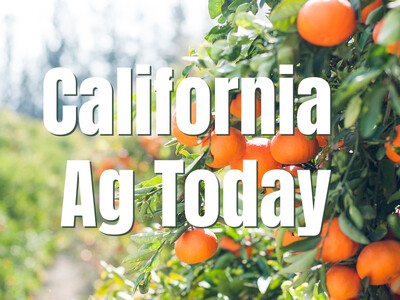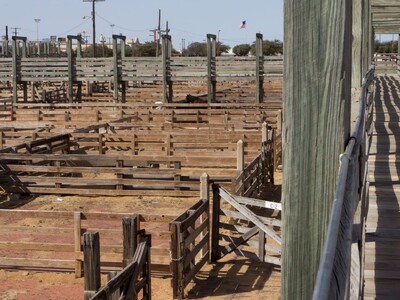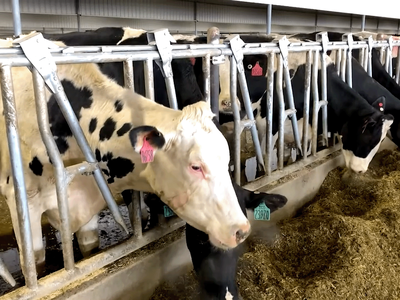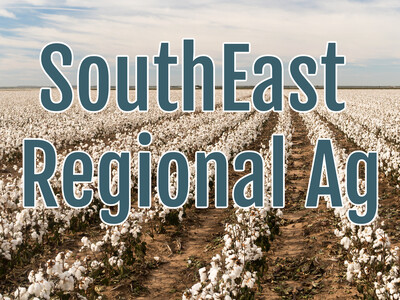Rendering bear fat
When executive chef RANDY KING goes hunting, an activity that he absolutely loves, there is one thing you can be sure of… He will not only eat the animals he harvests. But he will turn that animal into a gourmet meal. Knowing that, I have to admit I was totally surprised at his story about taking a bear from the mountains of Idaho. He was delighted to discover that his bear which he took in spring time, still had some fat on its rear quarters. He'll explain what that meant.It's got this unique structure. It is pure white. It is odorless and basically flavorless. But it's got this unique quality to it that gives kind of lightens up a bunch of the other oil. So what you do to get bear fat is you just take it and you slowly simmer the pieces of bear with themselves. So basically, I just took the fat that we got off the bear, cut into about half inch cubes, wash those cubes and set them on a very low heat overnight under the fan on my stove and let them just kind of render out that eventually you want to get it up to about two hundred and twenty five degrees so that you can get the water off, you boil the water off. And so there's no more water left in there that you can really almost you kind of fry in the last bits of each there. But then you filter it a couple of times through a paper towel and a nice strainer and you end up with this golden, super clear oil that hardens into it. Almost looks like palm oil, the hardened palm oil that you get. And it is just a wonderful cooking apparatus. Who would have known? Oh, Randy did.















